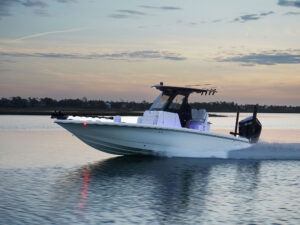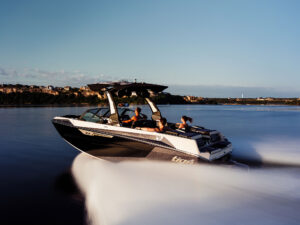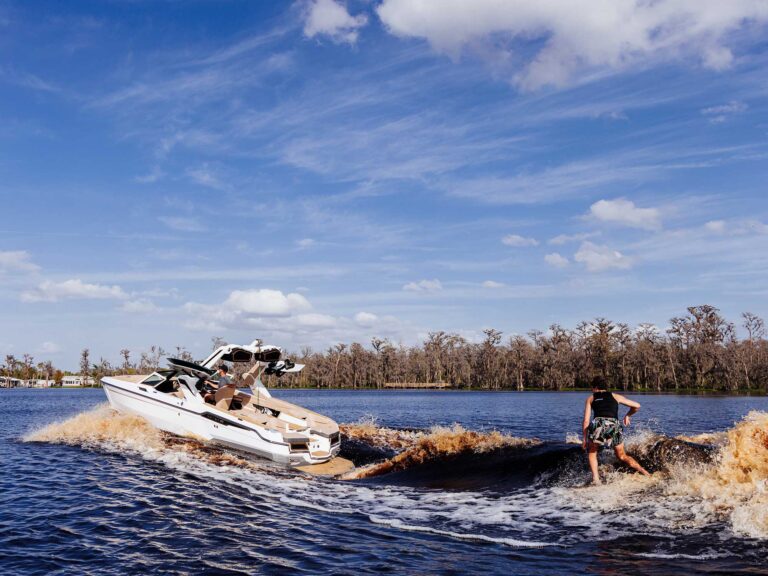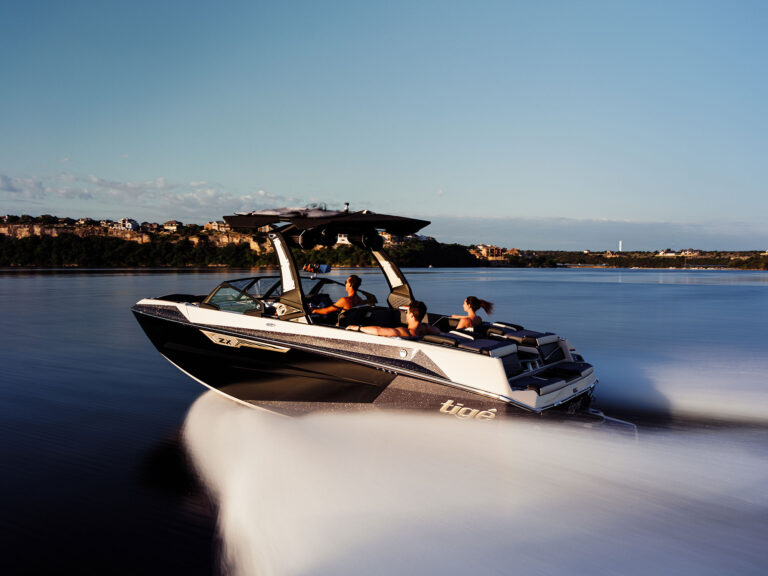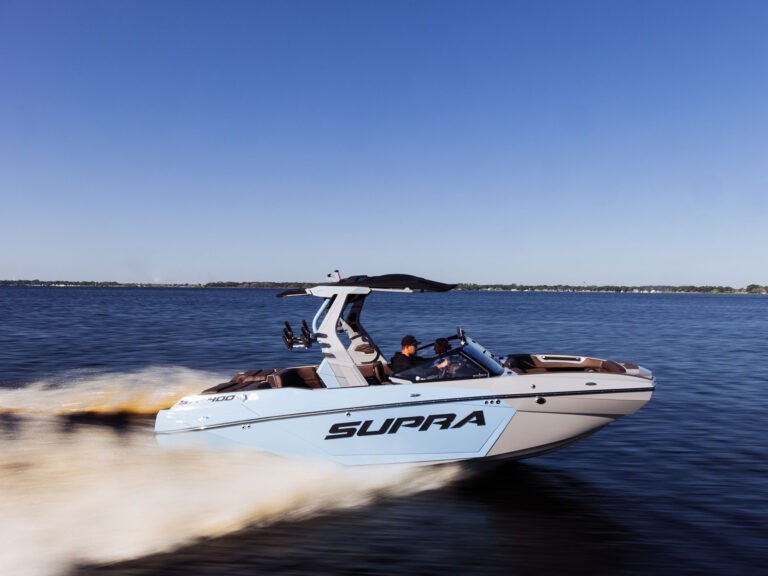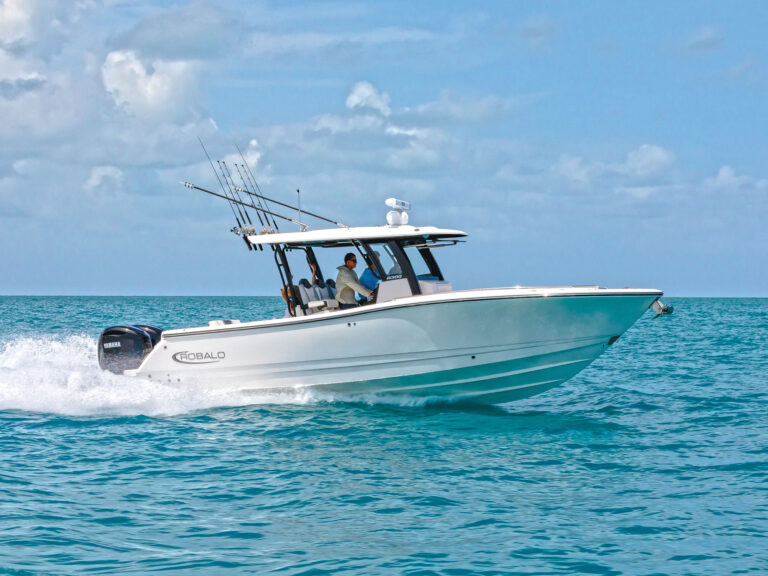
Firecrown, the largest media platform for affluent enthusiasts, has acquired Active Interest Media’s (AIM) Marine Group, a premier source for boating content covering yachting, sailing, fishing, and boating. The acquisition includes:
- Consumer Titles: Sail, Anglers Journal, Power & Motoryacht, Yachts International, Passagemaker, Soundings
- B2B Brand: Trade Only
- Events and Education: Trawlerfest, Boaters University
Andy Clurman, CEO of Active Interest Media commented, “Firecrown has built an incredible platform in the Aviation and Marine categories. As we further align our portfolio around home building and home arts, Craig Fuller is a fantastic new owner to take our marine assets to the next level.”
Firecrown is already a leader in marine content and entertainment, but with this transaction, the marine platform has grown to 21 titles, serving all aspects of the recreational marine business.
Firecrown’s marine platform now includes:
- Boating: Boating, Soundings, Wakeboarding, Boaters University
- Yachts: Power & Motoryacht, Yachting, Yachts International, Passagemaker, Trawlerfest
- Fishing: Salt Water Sportsman, Sport Fishing TV, Anglers Journal
- Sailing: Sail, Sailing World, Cruising World, Helly Hansen Regatta Series
- Marine B2B: Trade Only
Fuller, founder and CEO of Firecrown, stated, “We are excited to bring these leading marine media brands onto the Firecrown platform. This will allow us to offer advertisers greater distribution and our audience more differentiated content. Our goal is to invest significantly in the next generation of these brands.”
Firecrown plans to retain AIM’s editorial, sales and publishing staff, aiming to leverage synergies for growth in digital, video and events. With this acquisition, Firecrown is the leading media platform in the affluent enthusiast category with more than 50 affluent brands across the marine, aviation and hobby sectors.
About Firecrown:
Firecrown isn’t just the leading media platform for affluent enthusiasts; it’s pioneering the fusion of content and commerce. With more than 50 prestigious publications in the marine, aviation, and hobby markets, Firecrown goes beyond traditional media. Its business encompasses e-commerce, finance and real estate, all tailored to the communities engaged by its media outlets. Serving more than 24 million U.S. households classified as affluent enthusiasts, these consumers have considerable disposable income and are keen to invest in their passions and adventures. Firecrown is headquartered in Chattanooga, Tennessee.

